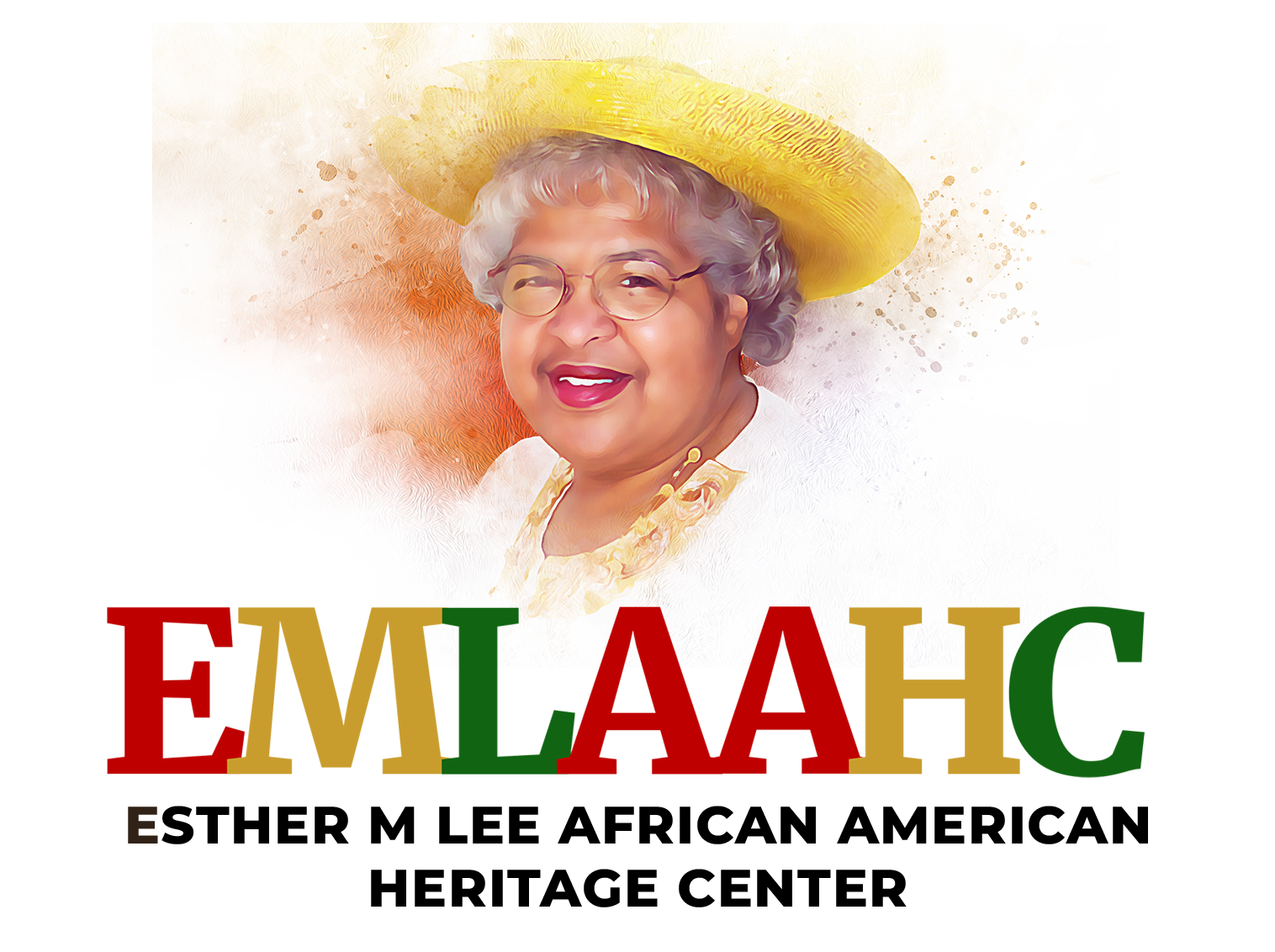On Education
by Esther M Lee
Education and the Public School System
Closing the Achievement Gap
Black students are a constant concern. This cohort of students continues to have the worse outcomes than nearly all other ethnic and racial groups of students enrolled in our public schools. For me, the use of weapons, particularly guns, and student ABSENTEEISM are of special concern. Our public schools must be perceived by all students as safe spaces to learn, and that they look forward with enthusiasm to attending every day.
Racial Bias tracking students of color into special education classes
Of equal concern is the specifics of administering the Special Education program, and the need for transparency and parental involvement and inclusion in the program. Members of our Education Committee met with local Bethlehem Area School District officials on matters brought to our attention regarding the program. At that meeting we asked that an NAACP liaison be assigned to assist in mediating concerns of the District and those of parents related to racial bias in carrying out the program; that parent perceived disadvantaged African American and other students of color. These bias, perceived or real, may account for the over-representation of students of color in special education classes.
Pre-School and Kindergarten
Pre-school and kindergarten is an accepted prerequisite for the future success of children before they began compulsory elementary school as well as in middle and high school. It is these early years that establish a foundation for language acquisition, socialization, cognitive development, and a positive sense of self. The science tells us that children learn and develop at different rates, and no child should be labeled because they have yet to fall within the range of what is considered “the norm.” We recognize that these early formative years are a time when potential developmental concerns may be identified and targeted for early intervention that prevent the overly of problems in the future. At the same time, diagnostic and assessment tools must consider cultural differences that account for differences in learning styles of different ethnic groups of children. Administrators and teachers interacting with culturally diverse students should be well versed in what is now widely accepted that the use of culturally competent diagnostic and assessment tools are a requirement for developing the most appropriate educational plan for all children; and/or training in this area should be provided by the District.
Integrating Content on the Black Experience throughout the curriculum
It is imperative for Black History, and the contributions of Blacks to American society and culture, is integrated in the curriculum at all grade levels. This curriculum content should be designed and taught in age-appropriate ways that is in keeping with best practices as presented in the accepted pedagogy for teaching this content at the elementary and secondary school levels. Moreover, we seek more than statistics and underscore that the District needs adequate funds, resources and appropriately credentialed administrators, teachers, and support staff to ensure that students of color, indeed, all students, receive an education that prepares them for productive citizenship and self-sufficiency.
